People have long been traveling to remote areas to seek enlightenment or healing through the use of psychedelics. In recent years, psychedelic retreats have lost their taboo status. They’re easy enough to find and book in places like Jamaica, Costa Rica, Mexico, and throughout South America. Personal stories about retreat experiences, once reserved for underground magazines and spiritual bookstores, are regularly published in mainstream publications. It’s been folded into the wider category of wellness travel, and the Global Wellness Institute started its Psychedelics & Healing Initiative in 2022.
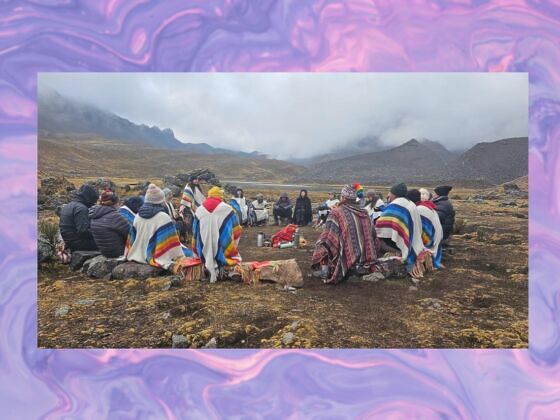

What to Consider Before Going on a Psychedelic Retreat, According to a Facilitator
The increased interest comes as once-illegal drugs are starting to lose their stigma. The United States government is researching psychedelic-assisted therapy for veterans to help process trauma, and states and cities across the country have started to decriminalize or loosen penalties on psilocybin and other psychedelics.
Yet for many people even passingly curious, reliable information on what a psychedelic retreat encompasses can be hard to find. Part of this is due to the fact that each is different depending on what type of psychedelics are used, as well as the set and setting, who is leading the group, and the goals for going. To learn more about what a retreat experience may encompass — and what to look for when seeking out a retreat — I reached out to Sia-Lanu Estrella. Estrella runs retreats in Peru, South Africa, and Australia, and has a podcast and learning programs. Her third book, The Rainbow Tablets: Abundance and sacred co-creation, released in June.
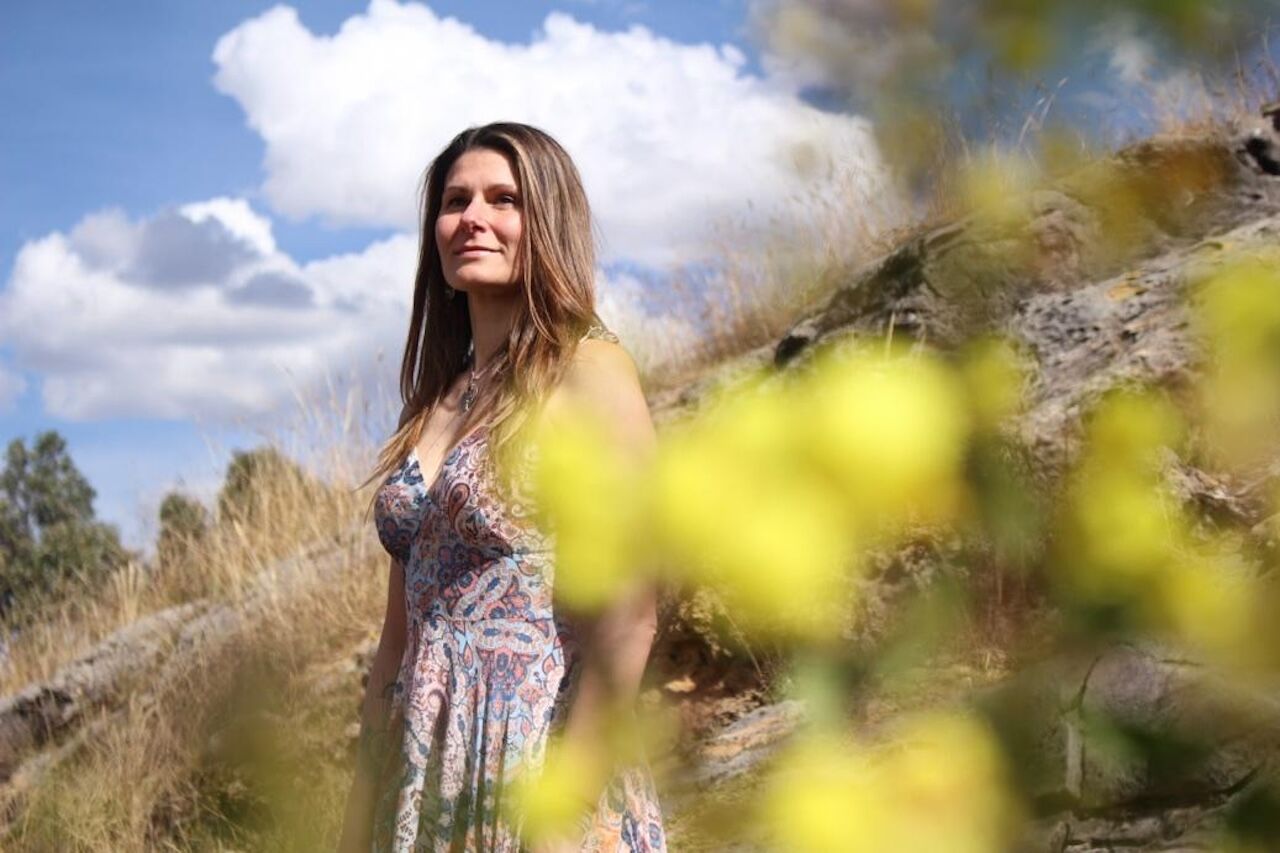
Photo: Sia-Lanu Estrella
When I caught up with Estrella over a call to learn more about her path to her current work, she was in the Peruvian Andes.
Estrella had just received a promotion when she decided it was time to pivot the work she focused on in life. She was working as a senior account director at an advertising agency and offered a promotion to group account director, the highest role before general manager.
“I left that day and threw up in the gutter,” Estrella says. “I realized that’s not the kind of reaction you should be having at receiving such an amazing promotion, and it made me realize that I wasn’t following my heart.”
She moved to a career in marketing and communications, eventually becoming the head of communications and a senior communications specialist at a financial services company. Estrella held that role for five years, and trained in healing modalities and novel writing outside of work. Then she started to cut down her hours to focus on her healing work and follow her passion.
It all started with Peru. She visited Cusco and other popular tourist spots with a travel agency when she was 25.
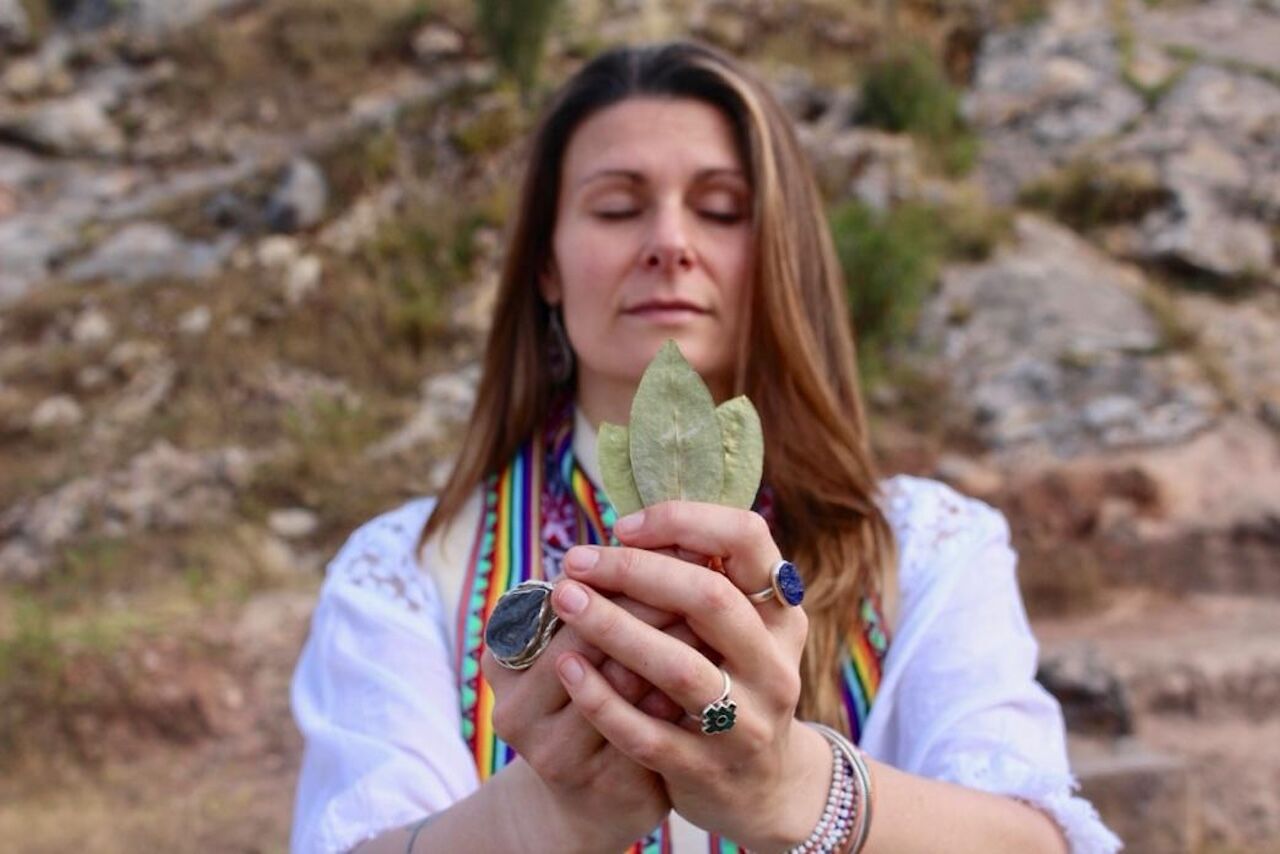
Photo: Sia-Lanu Estrella
“But I didn’t really have that full sacred experience of remembering that I was looking for,” Estrella says, adding that what she did see was the privilege that she had. Estrella spent two years learning Spanish, returning back to Peru regularly, including a trip to volunteer with an orphanage. On one trip, a Peruvian friend took her to meet Apu Ausangate, a powerful mountain spirit.
“My friend told me I couldn’t go as a tourist,” Estrella explains. “I had to meet the mountain the Peruvian way. So, he shared with me the local ceremonial ways and we went to the mountain in sacredness. From that day forward, the mountain walked with me. It was unlike anything I had ever experienced.”
Six months later, she felt the spirit calling her to bring a retreat group. When she did, she felt the spirit telling her to move to Peru. Three months later, she sold her apartment and belongings, quit her job, and arrived in Peru with two bags.
“I used to be very Western in my mindset,” Estrella says shortly after I mention the word psychedelics. “We call them plant medicines and plant teachers, because they are actual consciousness. The first time I heard this, I didn’t understand it and I thought it was probably just drugs, and I was someone who had never taken drugs. But then as I got to understand more and open up into the sacredness of it, I realized how much misinformation we have in the West and how much we are kept away from these incredibly powerful healing tools.”
Estrella says people who go on her retreats gain a new perspective on their relationships with loved ones and themselves, but also their relationship with work in a way that can help people find their purpose.
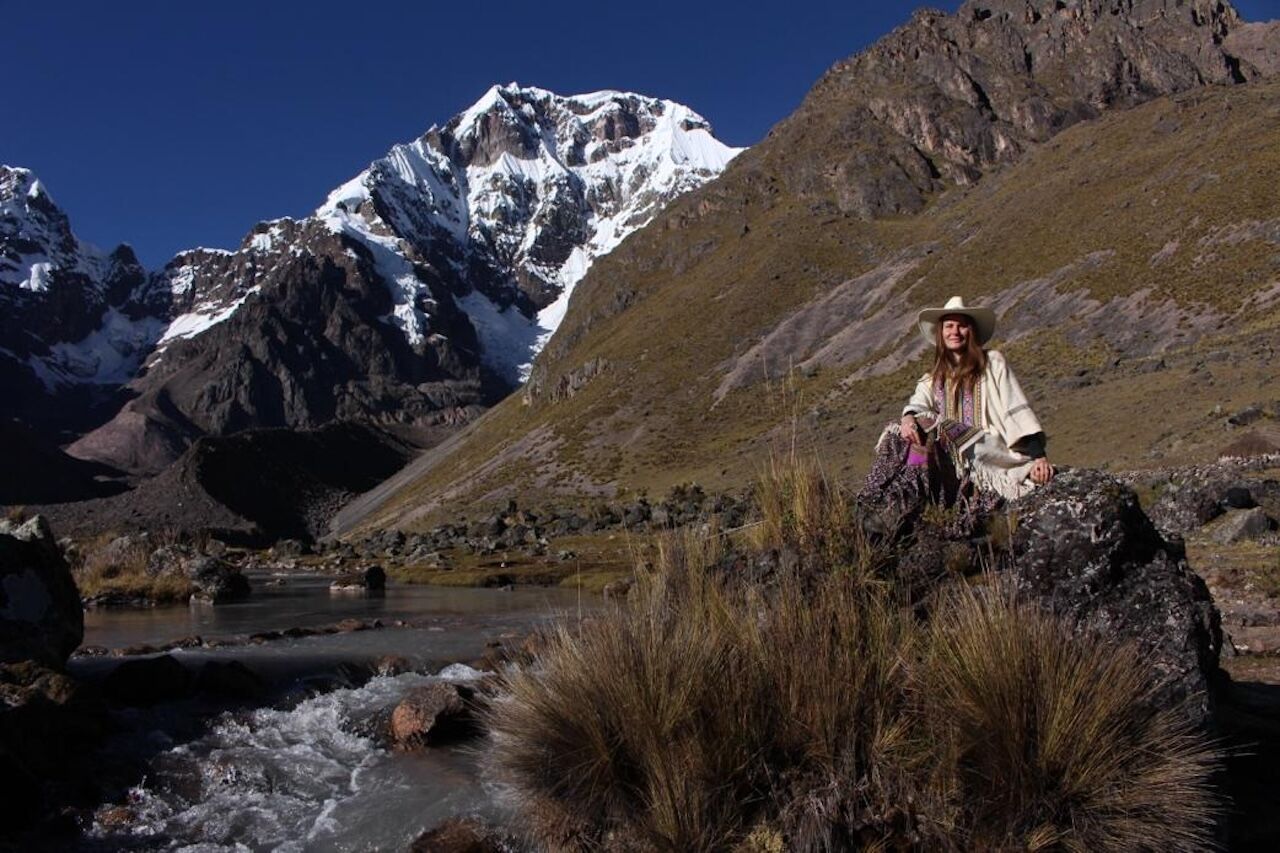
Photo: Sia-Lanu Estrella
“When people come back to these sacred lands and they feel that frequency and have the opportunity to be present and step out of their usual rat race, they have time to just be and to connect, open, receive, and start to remember within themselves,” Estrella says. “It brings so much clarity, but it also brings this connection with the self and with the land.”
It’s also important when visiting sacred lands to ensure the retreat gives back — going to a place and only taking an experience without something in return has “a very different energy.”
“This is how the land then actually opens up the greatest magic to the participants,” Estrella says.
Estrella’s key things to consider for a psychedelic retreat
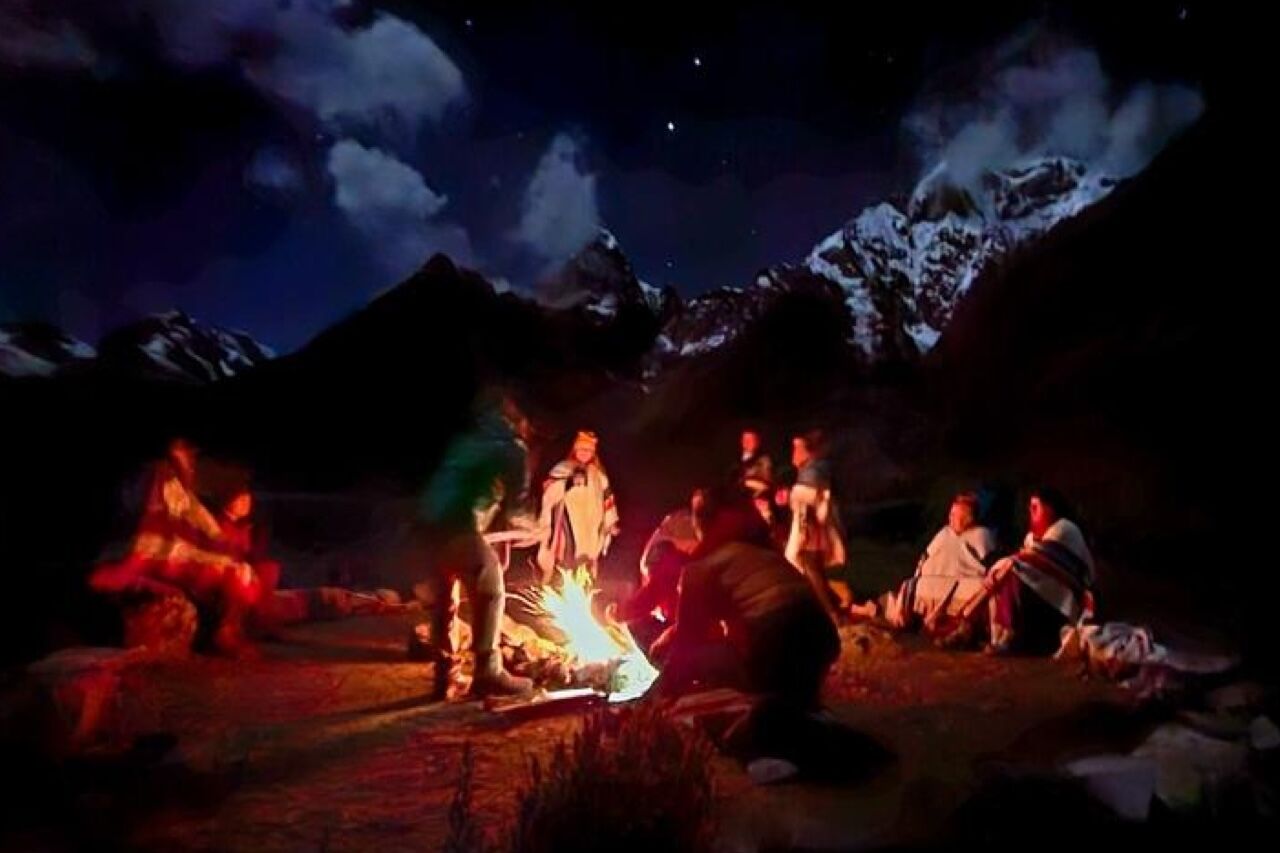
Photo: Sia-Lanu Estrella
- Location: the land should awaken something in your heart.
- Facilitator: meet the facilitator if possible. Hopefully they offer an exploration call. You want to feel a connection to their energy and approach.
- Group size: if you want a deep, supported and transformational experience, it is best to choose a group size of 22 people of less. The experience in a larger group is very different and the energy can become a bit messy.
- Connection to the land: the land will only open its full magic if the facilitator is deeply connected and embodied with that land. And, if the land is not the facilitator’s birthplace or ancestral lineage, they should be working with a local tour guide who is really connected with the land.
- Inclusions and exclusions: be clear on this so there are no hidden costs.
- Giving back: some retreats do everything through an offshore agency. So, they are taking from the land but not giving back. Try to choose a facilitator who works with a local agency and supports locals.
- Integration support: most facilitators step away the moment the retreat is over. Look for a retreat that includes integration support.
- Reviews: written reviews are great. But are there video reviews or podcast episodes with past participants? This will give you a better feel.
First things first: Respecting local customs and culture
Being with people who know and respect the local culture is one of the most important things to look for before booking a retreat.
“That is a massive differentiating factor when you’re looking at these kinds of wellness or spiritual experiences in sacred places,” Estrella says. Estrella, for example, lived in Peru for three years, has fostered relationships with local wisdom keepers on her visits, and has a Peruvian goddaughter in the sacred mountains.
“When it came time to run my retreats, I already had the right people who were in that beautiful alignment and that deep honoring of the land so that I could create the kind of authentic spiritual and mystical experiences that I wanted to create,” Estrella says.
“There are plenty of places that you could just drop in, run a retreat, make your money, and leave,” Estrella says, noting that the boom in spiritual and wellness tourism has drawn some opportunistic characters. “But that’s not how I approach this work. For me, it’s a really sacred calling.”
Selecting a group for a retreat is a bit of an art
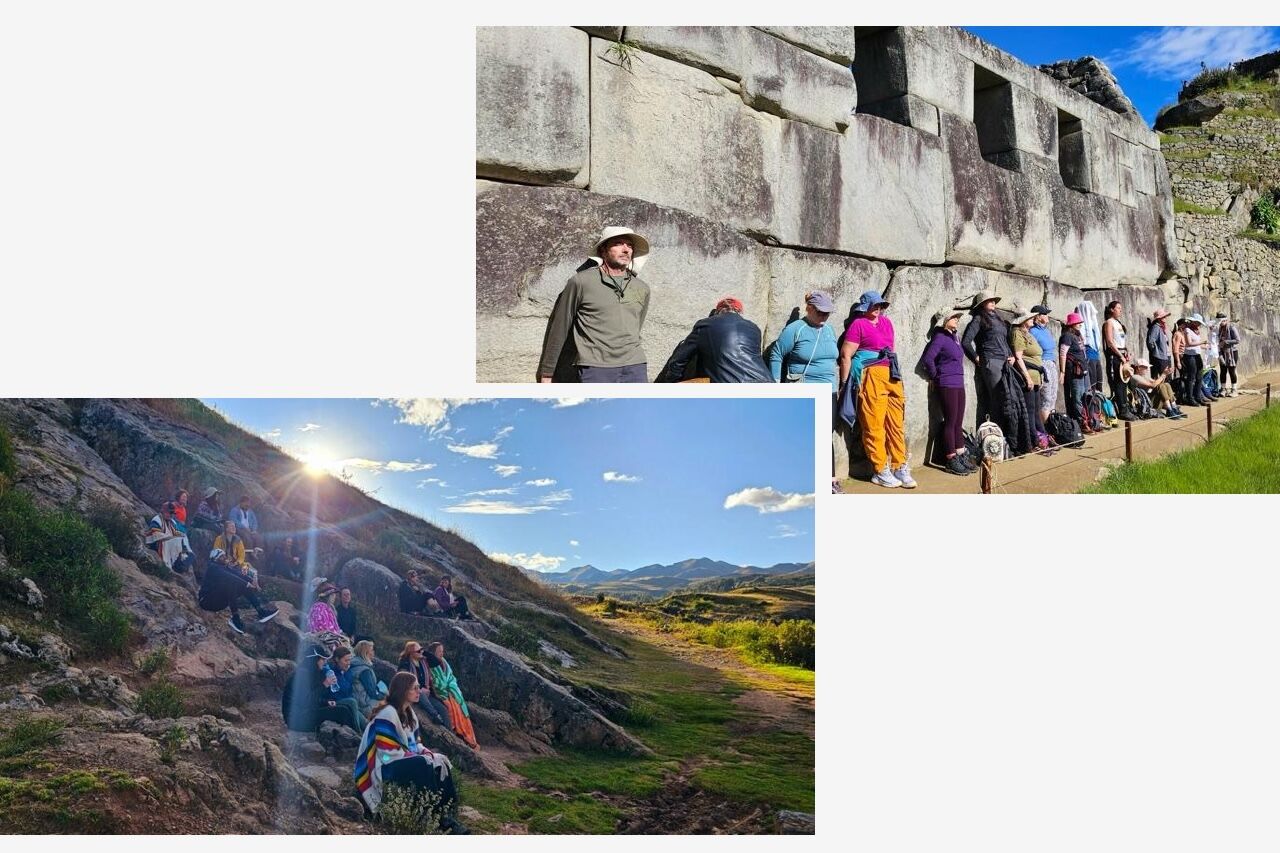
Photo: Sia-Lanu Estrella
Estrella’s retreats reach a wide range of people. She’s had people from 25 to 70 years old who come from the UK, Europe, Canada, the United States, and Australia. They’re doctors, lawyers, content creators, people in financial services, and people who work in alternative healing spaces.
“These kinds of deep and connected experiences appeal to everyone,” Estrella says.
While there’s broad appeal, it’s important to find a tour operator who is selective about who joins the retreat.
“If a facilitator opens it up to anybody, you can get a really mixed energy in the group,” Estrella says. “There’s not that synergy, and it can become a little bit disjointed and sometimes there can be some unpleasantness in the group.”
Estrella requires people who are interested in joining her retreats to book a call to see if it’s a right match for their intentions on going. Estrella goes over plant medicines on her introduction calls with people interested in her retreats. She asks about previous psychedelic experiences to get a gauge of where they’re experience is, and explains the sacredness of these plants and the role they play in mental, spiritual, and physical wellness. It also helps Estrella get a sense of how the person will fit in the overall group.
“One of the incredible things about having an experience like this is the community and the connection that comes out of it,” Estrella says. “I often see that these friendships continue for many years or a lifetime, because people stay in touch.”
Understanding the plant medicines in use
Different retreats will use different plant medicines depending on location and the focus of the retreat. Do your research ahead of time, and speak with the retreat facilitator, to understand what the experience encompasses.
“There can be a lot of misconceptions around psychedelics because we are fed a lot of misinformation. Yet, they are so much more than psychedelics,” Estrella says. “They are plant teachers with their own consciousness. On my Peru retreat, clients have the opportunity to sit with the Wachuma (San Pedro) plant medicine. He is known as ‘Grandfather,’ and is a heart-opening medicine derived from the San Pedro cactus.”
The plant medicines push people beyond the box they set for themselves, Estrella says. Wachuma has been used in the Peruvian mountains for thousands of years as a way to break down ego and work through traumas.
“With Wachuma, the journey is around 10 to 12 hours,” Estrella says. “Once you drink, you are committed. So, the medicine takes us beyond those barriers of ego and mind. And, because of the cosmic nature of the medicine, it helps us access much higher awareness.”
What to expect during the retreat

Photo: Sia-Lanu Estrella
“It taps into a higher wisdom, a cosmic wisdom, so we get to see things from a different perspective” Estrella says. “The other thing that can happen is people get a lot of clarity about what they want to be doing in their lives … books that they’re going to write or shifts that they’re going to make in their professional career.”
Estrella recalls a mother whose son had died at 21, and the plant medicine showed her “the greater cosmic connection between her and her son, and she saw a past life that they had together.” Another example she shared was a radiation oncologist who went on one of Estrella’s retreats who transitioned to working as an integrative cancer consultant working with psilocybin as a treatment.
Estrella says there’s also an aspect of physical healing. She had asthma to the point that doctors were worried about her living in the high altitude of the Andes Mountains. After two sessions with San Pedro that were focused on her lungs, she never used an inhaler again after consistently needing them throughout her life. This is especially true for people who have physical ailments that have an emotional root that can be explored through a retreat.
They types of psychedelics used on retreats are almost never addictive, and can be safe to use under the right conditions with an experienced guide. Still, as with any substance, people should understand the health risks and consult their doctor prior.
The retreat doesn’t end after the trip
Following up after is just as important as pre-retreat calls and the experience itself.
“This is such an important thing for people to consider when they’re choosing a retreat, because most facilitators don’t do any sort of integration or follow up work,” Estrella says. “What can then happen is people have this incredible, awakening, expansive experience, but they get back to their day-to-day lives.”
Everyday life, especially for someone who took a retreat to get away from it all, can quickly lead to people losing “that magic that they’ve awakened,” Estrella says, adding that her post-retreat integration session a month later helps people anchor themselves in a new way of being. WhatsApp groups where people share their challenges, resolutions, inspirations, and solutions also help. Resources for people to continue their learning are also important, like Estrella’s online programs and books, to keep the retreat from feeling like a one-off mystical experience and more like a permanent mindset shift.
“The integration from a really powerful wellness or spiritual retreat can be bumpy,” Estrella says. “Often people come back and their ‘old life’ might feel jarring. It takes time and presence to anchor the new higher version of themselves.”